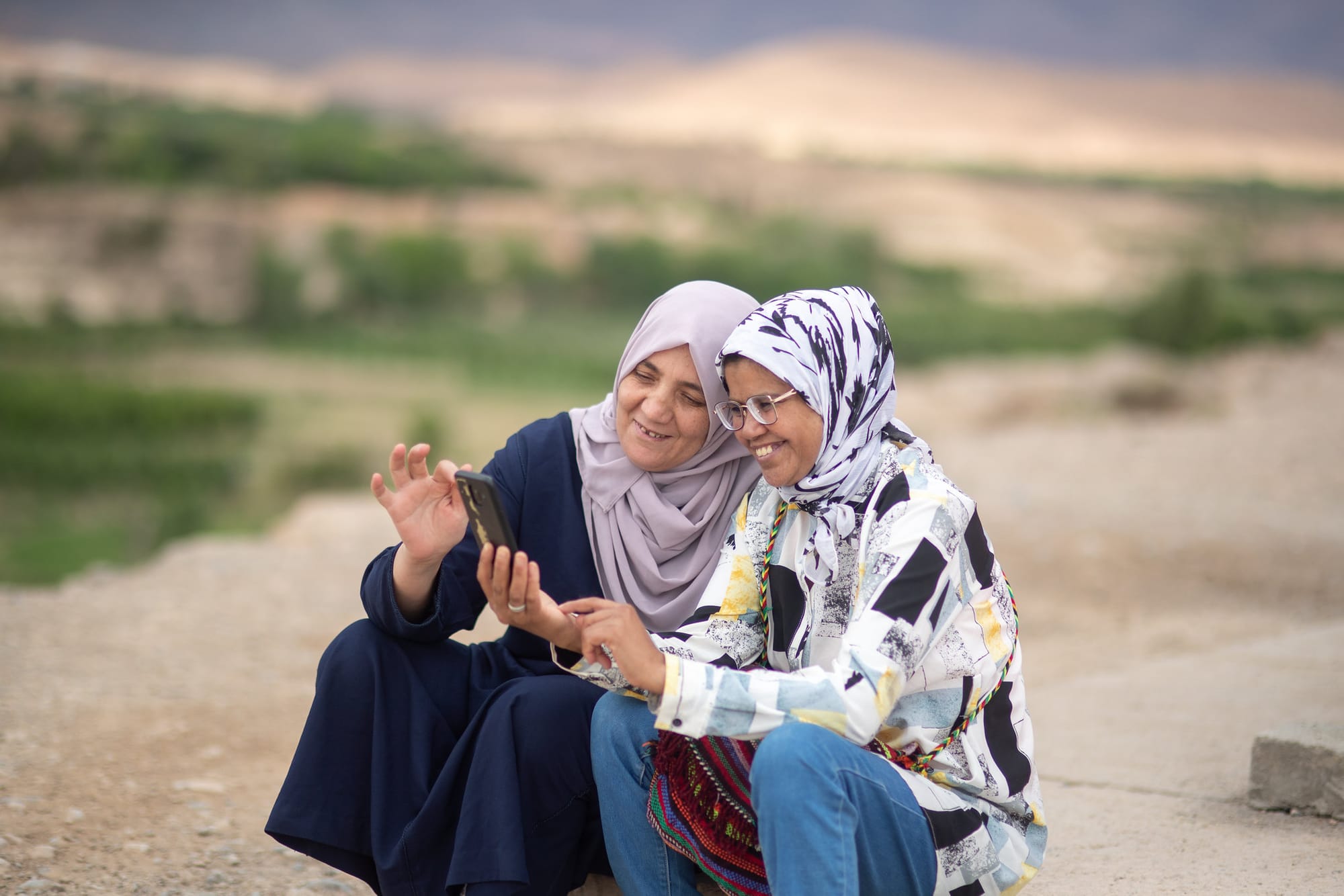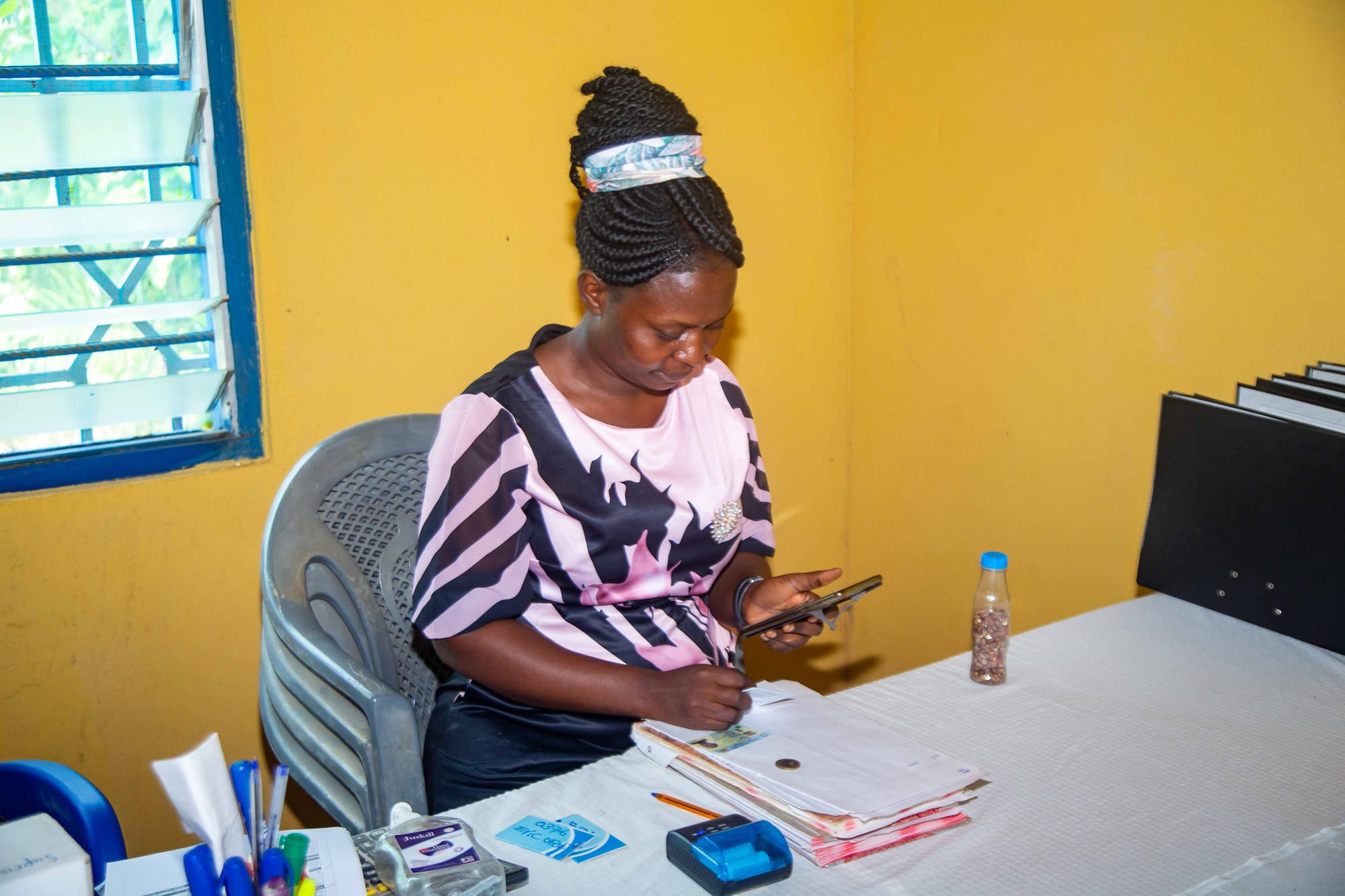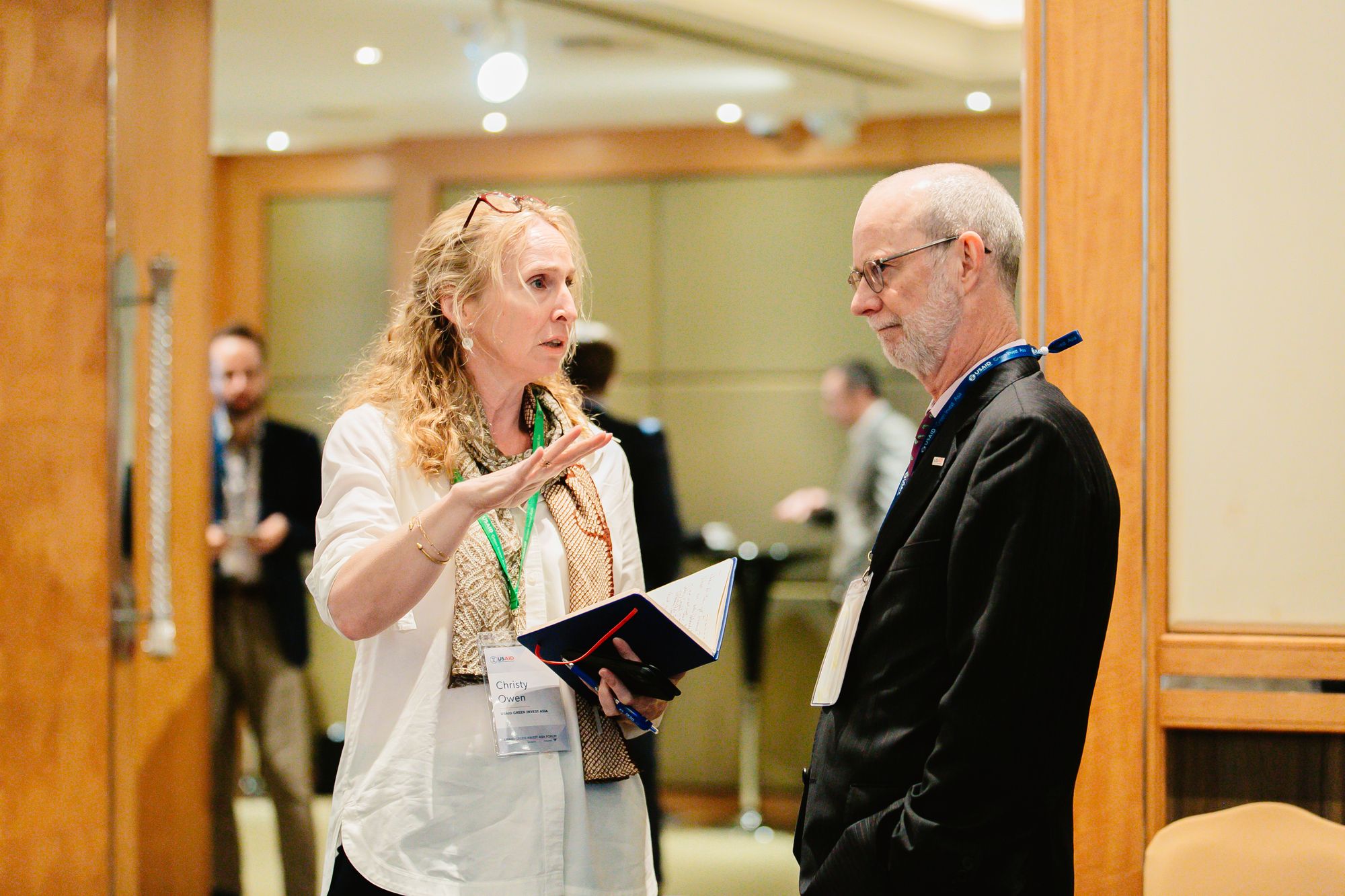In her November 2021 speech, “A New Vision for Development,” U.S. Agency for International Development (USAID) Administrator Samantha Power announced two goals. First, that USAID will provide at least a quarter of program funds directly to local partners by the end of fiscal year 2025. Second, that 50 percent of USAID’s programming by 2030 will place local community partners in the lead to set priorities, co-design projects, drive implementation, or evaluate the impact of programming.
As of 2022, just more than 10 percent of USAID funds were being obligated to local partners, reflecting the difficulties such partners face in receiving and implementing government funding. To start, getting in the front door with a sound proposal that satisfies U.S. Government (USG) procurement processes is a challenge for local organizations. Once that hurdle is overcome, a partner will then face extensive reporting and regulatory requirements before and during its project implementation period. Not only do many local organizations lack the staff experienced in finance and contracts to satisfy these requirements, they also may lack the in-house staff with the range of skills needed to successfully implement a USAID project—such as monitoring and evaluation (M&E) skills to track project indicators and impact.
While implementing more than $80 million in project funding for USAID, DAI’s Digital Frontiers project—a global initiative to identify and scale successful digital development approaches—has seen these difficulties play out in many countries and tested various approaches to help local organizations overcome them. Following are some of the lessons we have learned over the past six years in seeking to strengthen the capacity of our local partners and position them for success.

Lowering the Bar to Entry
Dividing a grant solicitation into phases is one strategy Digital Frontiers has tested several times, including on USAID’s WomenConnect Challenge and the South Asia Regional Digital Initiative (SARDI). In phase I, a call for proposals, we request that prospective partners submit a concept note or short slide deck for appraisal. This kind of requirement represents a much lighter lift for a smaller or non-traditional partner than a full grant proposal. Applicants with the most promising concepts are then invited to a capacity-strengthening symposium.
One example was the SARDI Strengthening Symposium, an event designed to build finalists’ capacity to apply for USAID funding and implement USAID-funded projects. The symposium included sessions on “Navigating the USAID Grants Process,” “USAID Communications,” and “USAID Monitoring, Evaluation, and Learning”—all led by DAI specialists with years of experience in managing USAID projects and grants. Finalists left the event with concrete knowledge on how to update their applications for phase 2.
“I just wanted to say thank you for running this,” wrote one participant in a post-event survey. “We have done work with other governments, nongovernmental organizations, development finance institutions, [and] banks through a request for proposals process and really appreciate you taking the time to step through everything and set expectations, give insight into what you’re looking for. I feel like, oftentimes, grants are awarded to much bigger organizations simply because they know how to navigate the process and through this symposium, you have made it more equitable for other organizations to participate.”

Strengthening Onboarding for New Partners
For first-time recipients of USG funding, managing those funds while meeting contractual and financial reporting requirements can be an unanticipated burden, so it’s important to prepare partners for this administrative work in advance. Strategies Digital Frontiers recommends when working with local and nontraditional partners include:
- During contract negotiations, discuss the level of effort required for reporting. Ensure the partner has budgeted sufficient time and resources to manage financial, programmatic, and M&E reporting.
- Determine early on if the partner needs help understanding USG-compliant financial reporting. If so, schedule trainings as part of the onboarding process.
- Identify organizational processes that could be barriers for the partners early on. For instance, on the USAID Microsoft Airband Initiative, which worked with local internet service providers and technology companies in five countries, most local partner staff were not required to fill out timesheets as part of their regular payroll and human resources processes. However, personnel timesheets can be required for reimbursements on USAID-funded projects. Early alignment on processes will prevent delays and confusion once implementation begins.

Embedding Advisors for Tailored Support
In cases where a local partner is well positioned to implement a project but doesn’t quite have the full package of skills needed for implementation, Digital Frontiers has offered tailored advisory support. What does this support look like?
- If compliance and operations are an issue for the partner, we have provided one-on-one assistance from our grants team or utilized in-kind grants to support partner procurements.
- If a partner does not have the capacity to spend down the full amount of a grant, we have dedicated a portion of the grant funds to capacity development initiatives for the local partner—such as providing advisory support on the organization’s strategic planning or strengthening the capacity of staff and leadership.
- When there is a gap in the partner’s technical knowledge or M&E skills, we have embedded a technical advisor to mentor the local team.
Looking Forward
The range and quality of resources to support local organizations, such as those provided on WorkwithUSAID.gov, are continually improving. But USAID’s traditional implementing partners can also be a resource for our local partners, especially when it comes to smoothing out solicitation, project management, and reporting practices, and building local capacity for new partners in these areas.





